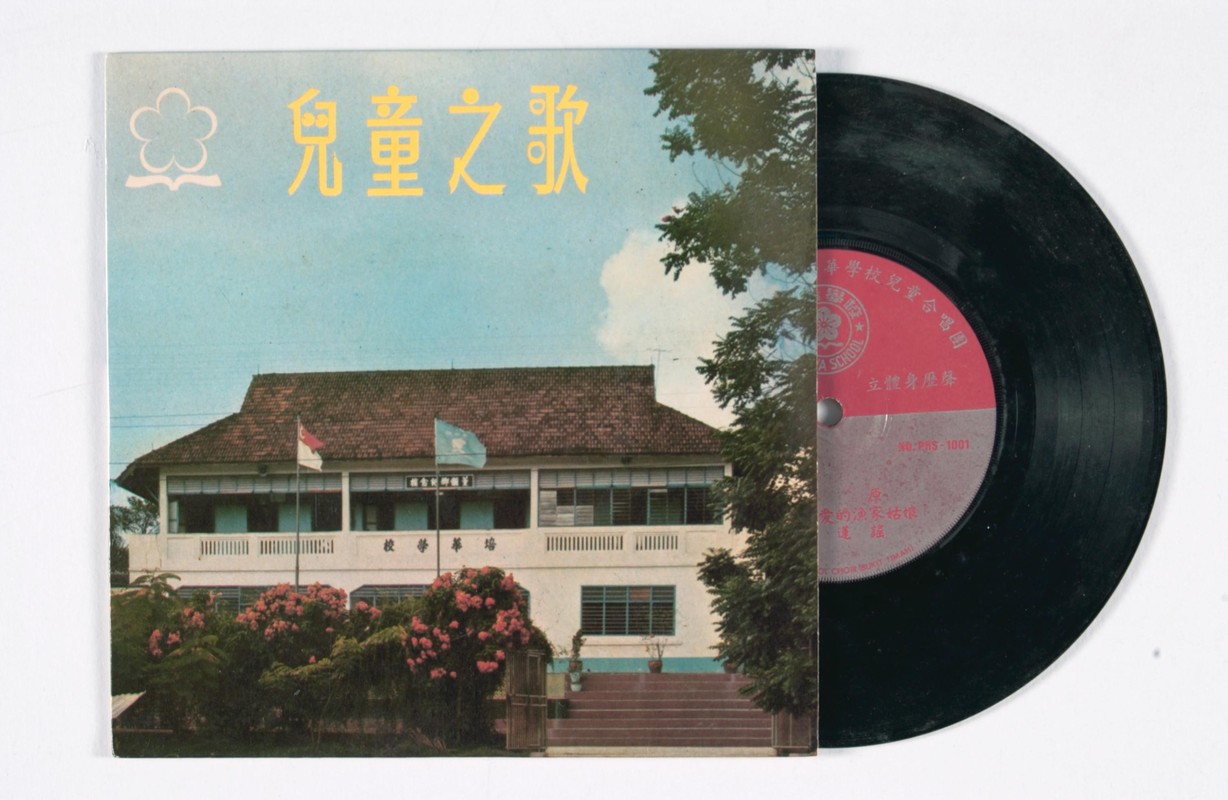新加坡的广东话
广东话,也叫白话,是海外华人对粤方言、粤语的俗称。根据语言学家的调查,粤方言主要通行于广东珠江三角洲一带,包括广州、香港、澳门等地。海外的分布以东南亚、北美等区域为主。
广东话是新加坡华社的第三大方言。早在1881年时期,操广东话的人口占华族总人口的17.1%,1931年占22.5%,1980年占16.5%。其实,除了广东人说广东话外,其他方言群,甚至马来和印族同胞,也有很多人会听、会说广东话,因此,操广东话的人口远远大于上述的比例。这一方面得益于广东话不仅仅是家庭日常生活用语之一,另一方面得益于它也是香港、澳门的官方语言之一,这在客观上提升了该方言的地位。再加上香港的流行文化影响很大,例如粤语电影、粤语电视剧、粤语流行歌曲等,传遍东南亚地区,自然而然地,粤语就成了在民间、商界等拥有很大影响力的方言。


本地粤方言的特点如下:
语音
- 部分华语合口呼[u/u-]的字,粤方言念双唇音[m]。例如:“微”念[mei],“文”念[mɐn],“亡”念[mɔŋ]。这种读音现象,音韵学上称之为古“微”“明”二声母没有分化。
- 华语舌面音j、q、x声母的字,有部分读为舌根音g、k、h,例如:“叫”读为[kiu],“舅”读为[khɐu],“晓”读为[hiu]。这种现象,音韵学上称之为“见溪群晓匣”声母未颚化为舌面音。
- 保留鼻音韵尾[-m -n -ŋ]和入声韵尾[-p -t -k]。
- 声调系统复杂,有九个声调。
词汇
- 有一大批粤语自行创新的方言词,使用频率较高。例如:嘢(东西)、餸(菜肴)、喊(哭)、揾(找)、啱(对、合适)、乌龙(糊里糊涂;搞错)、孤寒(吝啬)等。
- 保留了较多的古代汉语词语,例如:畀(给)、睇(看)、饮(喝)、悭(节俭)、翼(翅膀)、禾(稻谷)、衫(衣服)等。
- 粤语来自英语的部分词语,例如:泵(打气,来自英语pump)、波(球,来自英语的ball)、曲奇(西式饼干,来自英语的cookie)、唛(商标,来自英语的mark)等。
- 粤语的某些词语说法,甚至被本地华语所吸收和使用,成为惯用语。例如:鱼生(生鱼片)、塑胶(塑料)、锁头(铁锁)、摆乌龙等。
语法
- 独特的词尾构词语素,常见的有:仔(猫仔、雀仔、肥仔、矮仔、乡下仔)、佬(肥佬、寡佬、泥水佬、贼佬)、婆(肥婆、事头婆)等。
- 否定词亦较为特殊,常用的否定词有:唔(相当于“不”)、冇(相当于“没、没有”)、未(相当于“还没有”“不曾”)。
- 状语后置,即一些修饰性、限定性词语,多放置在动词之后,如:你行先(你先走);食多一碗饭添(再多吃一碗饭)。
- 独特的比较句结构。例如:猫大过老鼠(猫比老鼠大)、火车快过巴士(火车比公共汽车快)。
粤语的独特性,还表现在它有自己的一些独特汉字,无论是数量方面还是该字的常用性方面,都是其他方言所无法比拟的。例如:哋([tei],表示复数人称后缀,相当于华语的“们”字。)、嘅([ke],表示领属,相当于华语的“的”字)、冚([kam/ham],全部)、冇([mou],相当于否定词“无、没有”)、睇([tai],看)、瞓([fan],睡)、攞([lo],拿取)、揸([tsa],手持)、曱甴([ka tsa],蟑螂)等等。
粤语的语音、词汇、语法以及与之相关的粤语文化等,研究成果很多。一方面得益于珠江三角洲城市林立,如广州、香港、澳门等,高等学府和研究机构众多,科研力量雄厚,如中山大学、暨南大学、香港大学、香港中文大学、澳门大学等都有学者研究粤语,并定期举办粤语国际学术研讨会,另一方面粤语是通行于多个国家的较大方言,在海外有广泛的分布,南洋、北美、西欧等国家,都有讲粤语的社群,因此,粤语格外受到学界的重视。虽然南洋一带研究粤语的学者不多,但是,粤语在新加坡仍然受到重视,尤其在民间社群间,表现出顽强的生命力。本地多个粤籍社团,经常举办粤语会话班、歌谣比赛等,在客观上维护了粤语的可持续性。
陈晓锦,《马来西亚的三个汉语方言》。北京:中国社会科学出版社,2003。 | |
郭振羽、罗福腾,《多元和统一:新加坡的语言与社会》。新加坡:八方文化创作室,2022。 | |
汤志祥,〈从新加坡华语看多元语境下词语的接触、吸收和孳乳〉。《马来西亚华人研究学刊》,第15期,2012年,页35-49。 |










